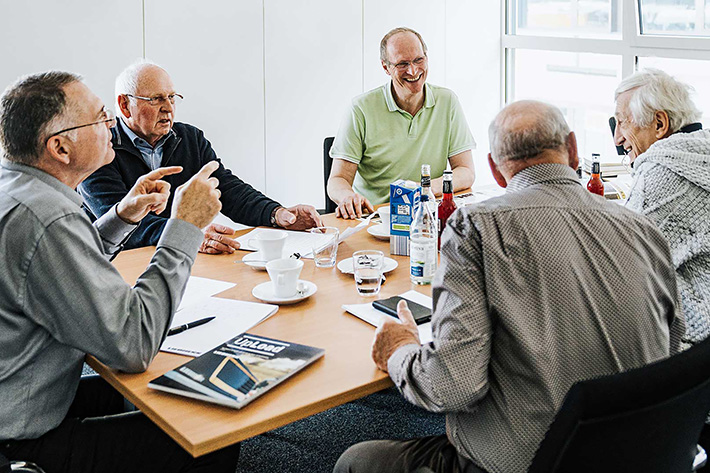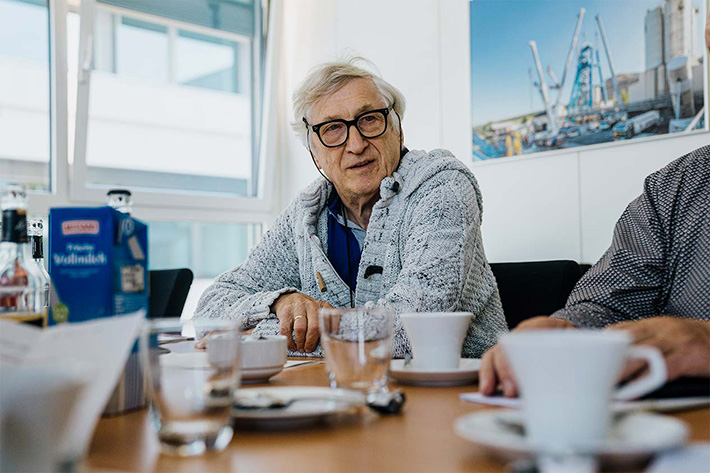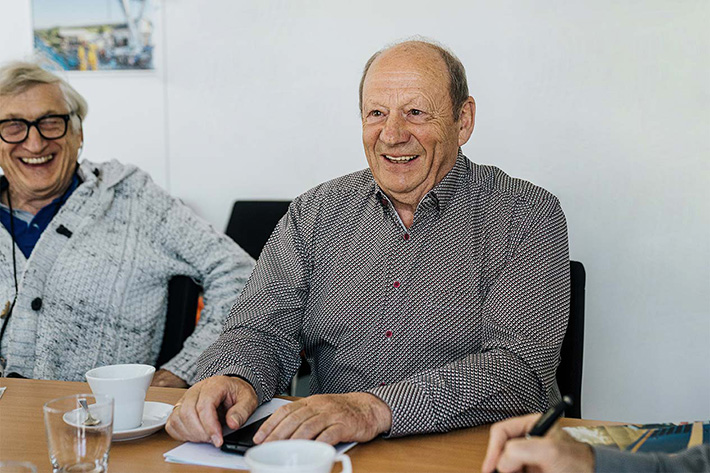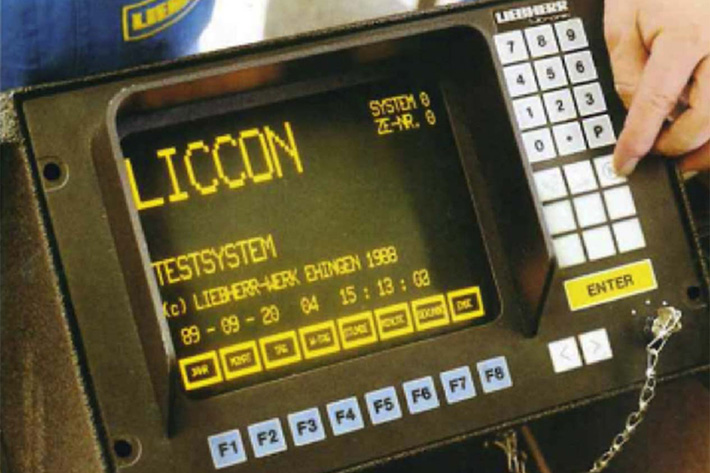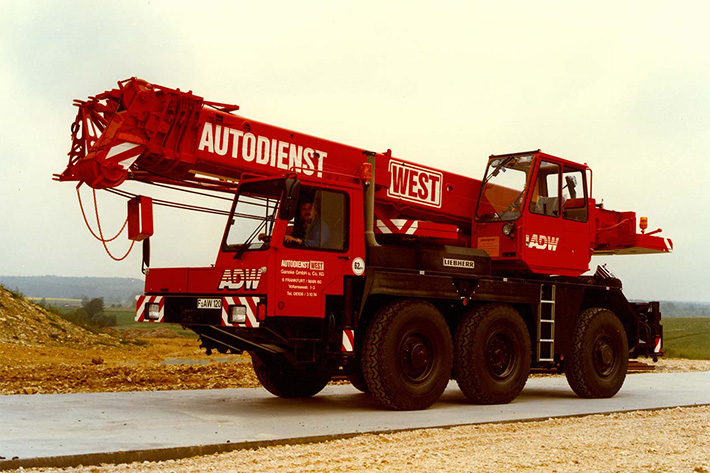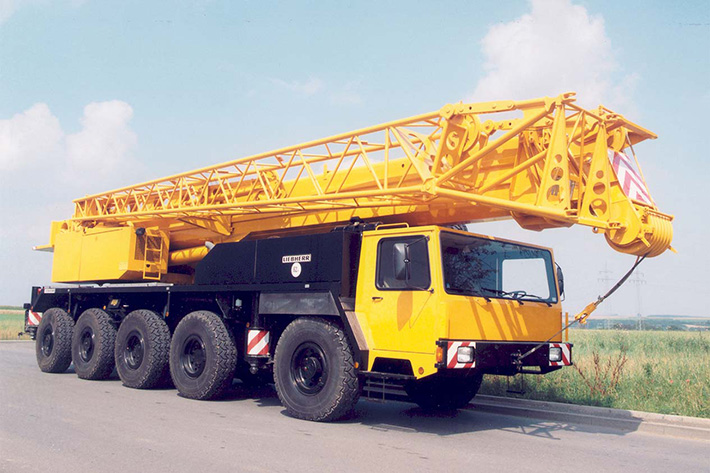Why did Liebherr develop its own crane control system?
Erwin Morath: When I first came to Liebherr in 1985, there was a range of different hydraulic, electrical and electronic control systems, depending on the crane model. We only had a simple system of our own to limit the load moment (LMB). We therefore launched the LMB from PAT, a wellknown manufacturer at the time. However, electronics were only available with analogue systems and did not feature any variable programming options. New plug-in boards had to be developed for each crane.
Max Leicht: This plug-in board technology was only able to cover a certain amount of the crane control system. The requirements for the crane control system increased as a result of the ongoing development of our crane portfolio. That meant that new integrated circuits had to be developed on the plug-in boards. Over time, we developed around 100 plug-in boards with a range of functions. The whole thing became very difficult to handle, which affected both production and the supply of spare parts. A crawler crane, for example, required up to 24 different plug-in boards containing a range of functions.
When was this and how did the development process take place?
Erwin Morath: We took the first steps in 1985. We reduced and revised the existing analogue plug-in boards and developed programmable digital plug-in boards to replace them.
Max Leicht: That was enormously important to ensure we could continue to manufacture cranes. We were able to reduce the number of plug-in boards to just 20 – a massive step forward.
Klaus-Peter Brück: In the development of a new crane control system, therefore, one of the main objectives was to establish and retain the expertise we had within the company. What we needed was a flexible control system which we could extend and expand ourselves within Liebherr.
Erwin Morath: The standardisation of the hydraulic and electrical control systems was another major step forward. Starting in 1986, we employed additional personnel who had the expertise to implement our concept of a modern microprocessor control system.
continue reading ...
You can find the complete interview with many insights into 30 years of LICCON's development here.

